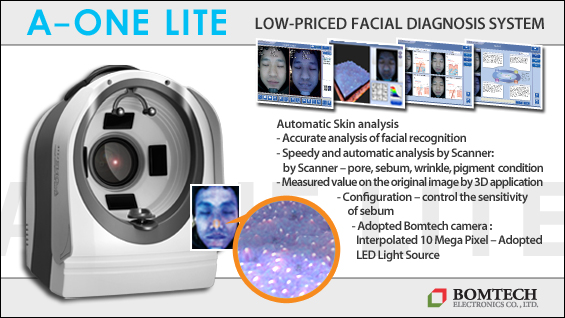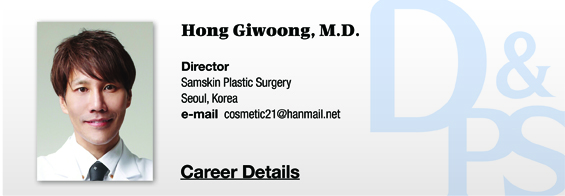
Medical References for an Attractive Face
In clinical practice, it is important for surgeons carrying out minimally invasive procedures to refer to the above mentioned absolute and relative standards of beauty and be able to determine the approach for creating the attractive face that a patient desires. Very often, these standards include smooth, and evenly rounded forehead, slight protrusion of the cheekbones, slim yet rounded facial outline, full lips, symmetrical jawlines, appropriate angle and height of the nose, and an inverted egg-like outline of the face, etc.
To create the ideal face described above, it is important to first accurately evaluate the patient’s face and consider the references of naturally balanced facial features. Have the patient in an upright position where the Frankfort horizontal line(drawn from the upper external auditory meatus to the infraorbital rim) is parallel to the floor, and evaluate the face in the frontal, side and ¾ oblique views.
[Advertisement] A-One LITE(Facial Diagnosys System) – Manufacturer: BOMTECH(www.bomtech.net)
As for creating an attractive face that preserves the racially unique characteristics, we can consider the ideal ratios and proportions of faces we are familiar with. As shown in the left image of <Figure 2>, the face can be vertically divided into three areas; 1) upper face from trichion to glabella, 2) mid face from glabella to subnasale, and 3) lower face from subnasale to gnathion. In the Western culture, an ideal ratio between the three parts of the face is 1:1:1. We also followed this standard in aesthetic procedures in Korea, however, recently, Koreans favor a baby face with a relatively smaller lower face. The target ratio of mid face to lower face is 1: 0.8-0.9 in procedures involving the jaw line and chin. As shown in the image on the right, when the five vertical sections of the face, from the right ear to the left ear, are similar in width, the face is considered attractive.
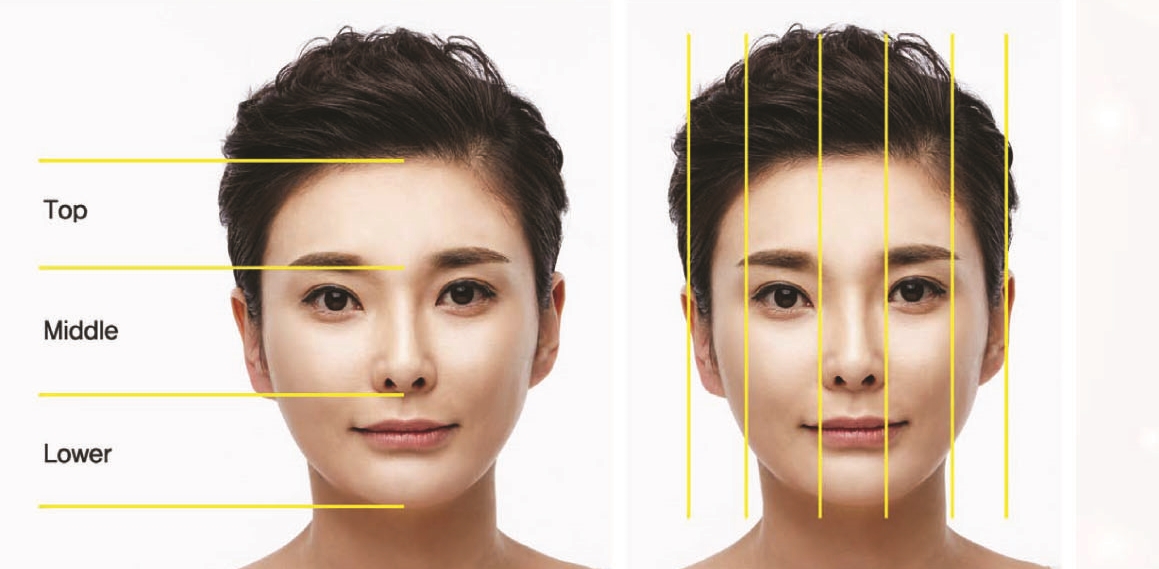
Figure 2. Ideal facial proportion and line.
Asians tend to have a wider face than Caucasians and do not want their eyes or nose to appear too broad. The distance between the eyes and the width of the largest width of the nose should be similar for the face to appear attractive, regardless of the absolute measurement of the nose width. Dermal filler injections and thread procedures are more commonly carried out on the nasal tip and dorsum to narrow the ala. If needed, botulinum toxin injections can be combined with filler injections to limit the widening of ala or other muscles that may widen or flatten the nose in a smile(Figure 3).
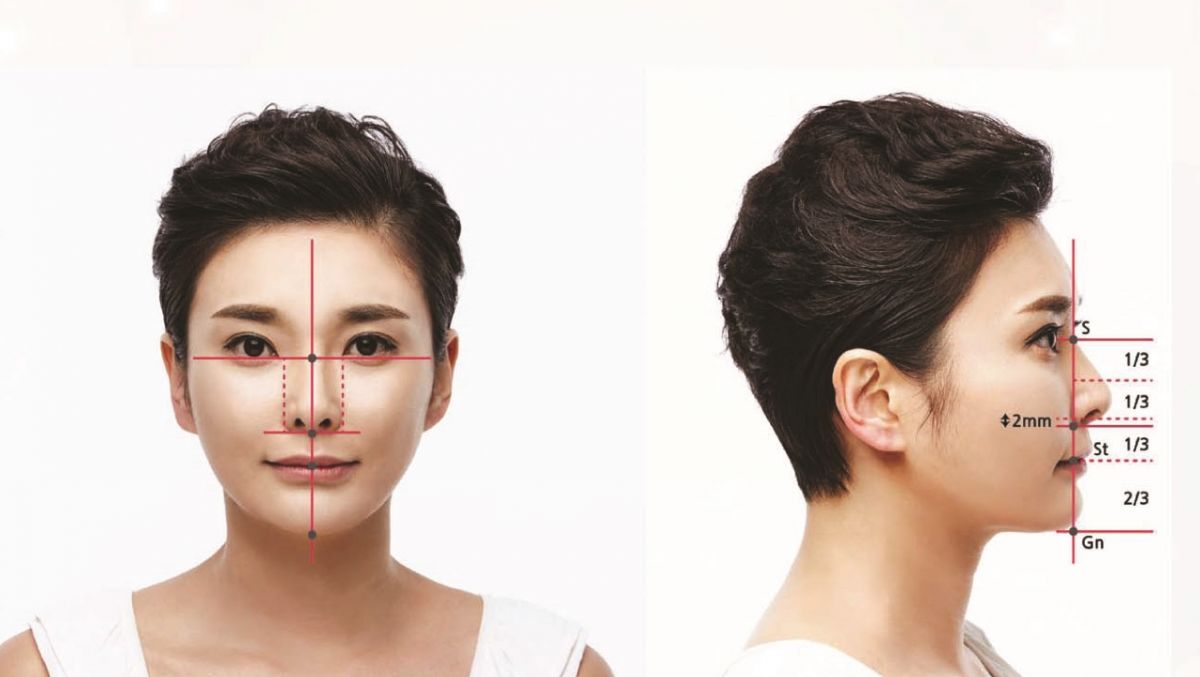
Figure 3. Ideal facial proportion an line.
The line drawn from the chin to the nasal tip is called Rickett’s line(E Plane) and it determines the ideal protrusion of the mouth in relation to the nose to create a beautiful profile of the face. The Rickett’s line is used to identify the relational protrusion of the nasal tip, lips and chin. In Caucasians, the lower lip should be 2mm and upper lip 4mm below this line to create an ideal profile. However, following these measurements in Koreans would result in drastic protrusion of the nose and chin, which would not be desirable. In Koreans, the lower lip should be nearly touching the Rickett’s line in an ideal profile(Figure 4).
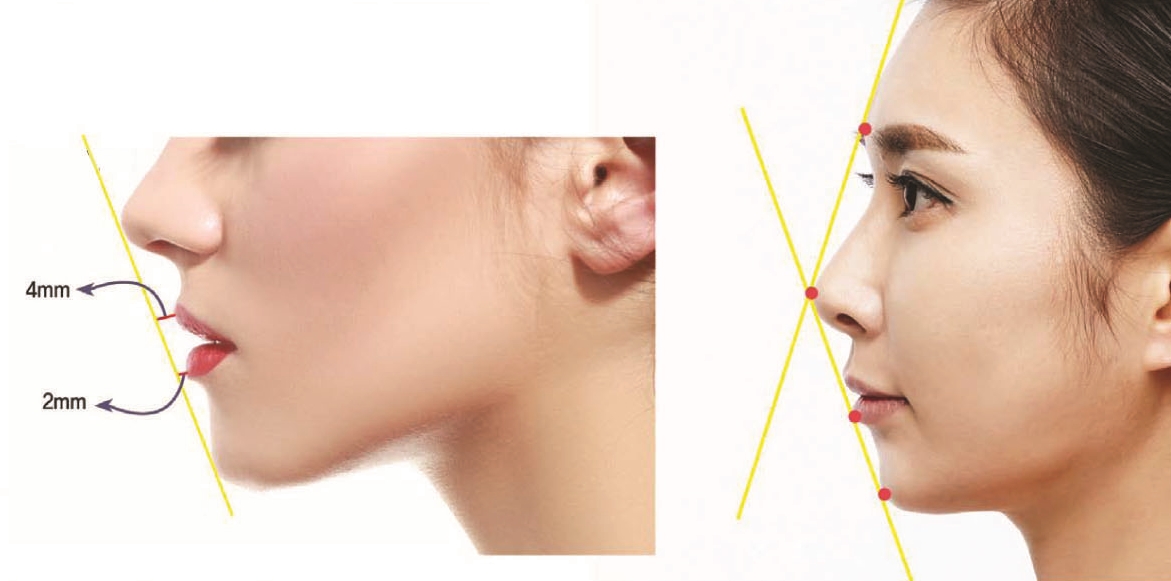
Figure 4. Difference of Ricketts line between Western and Asian
-To be continued













